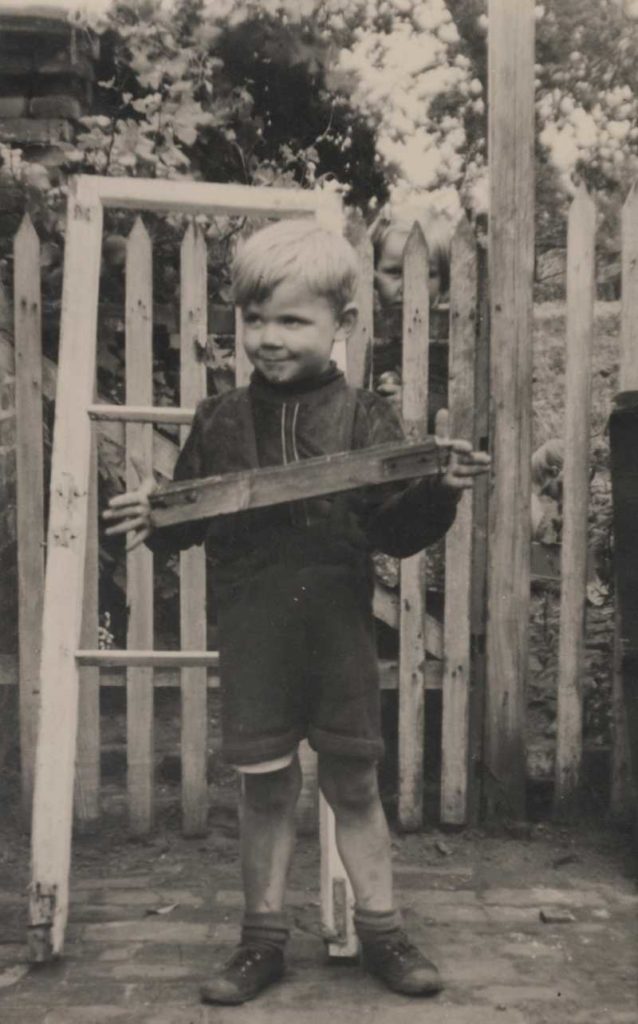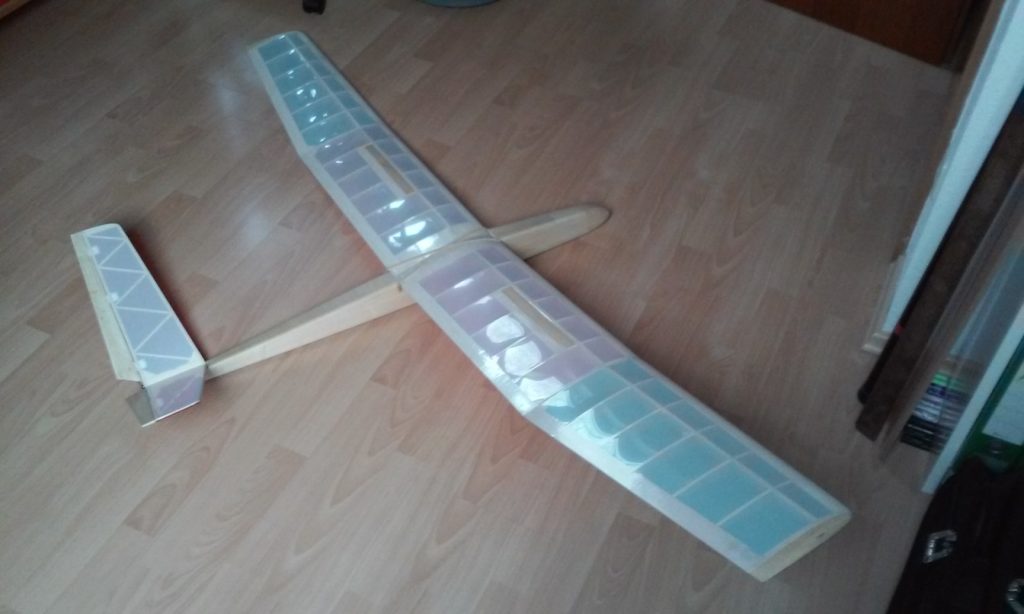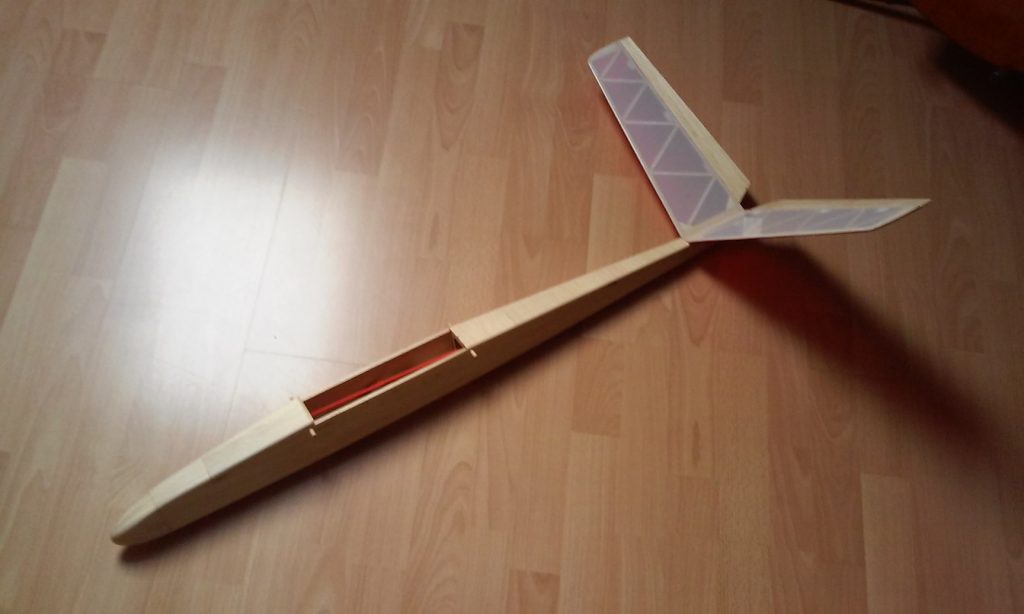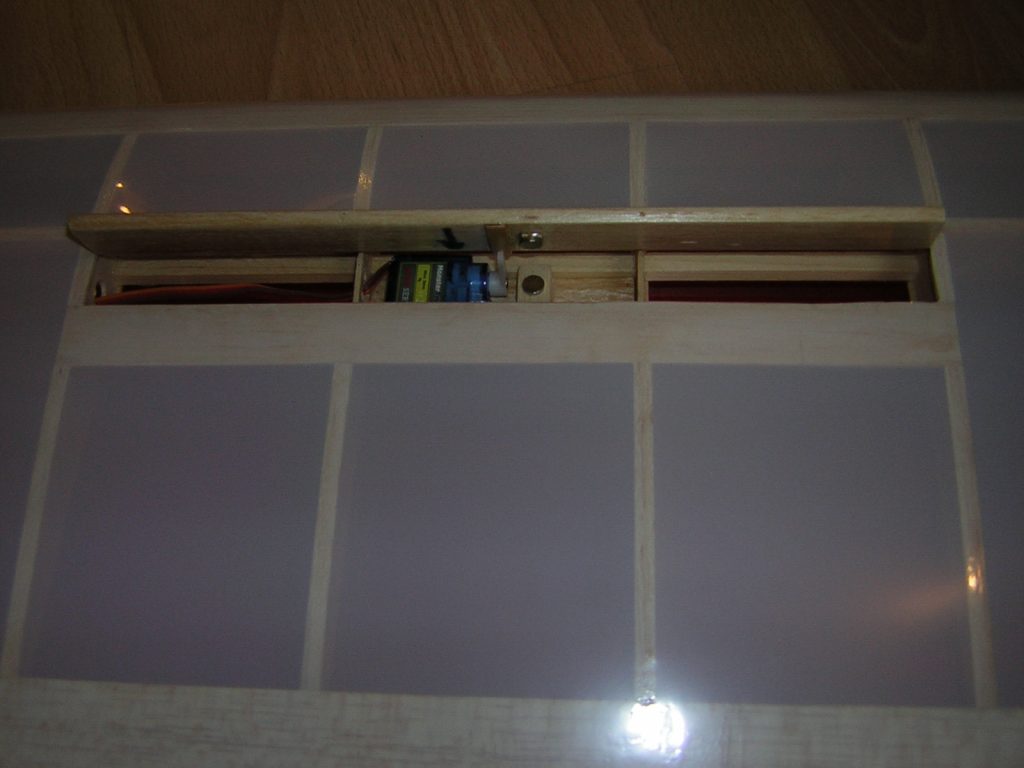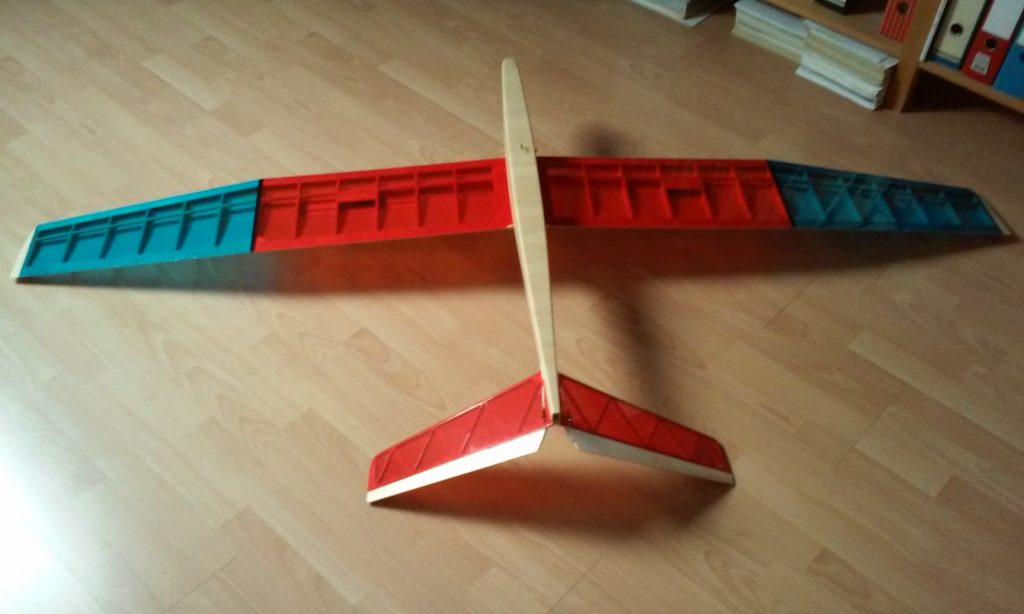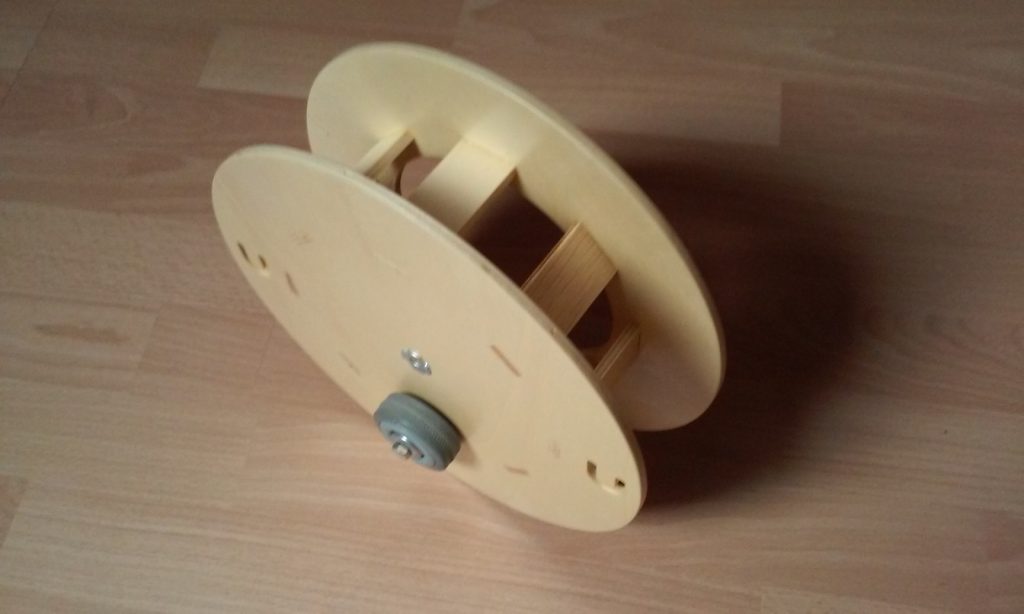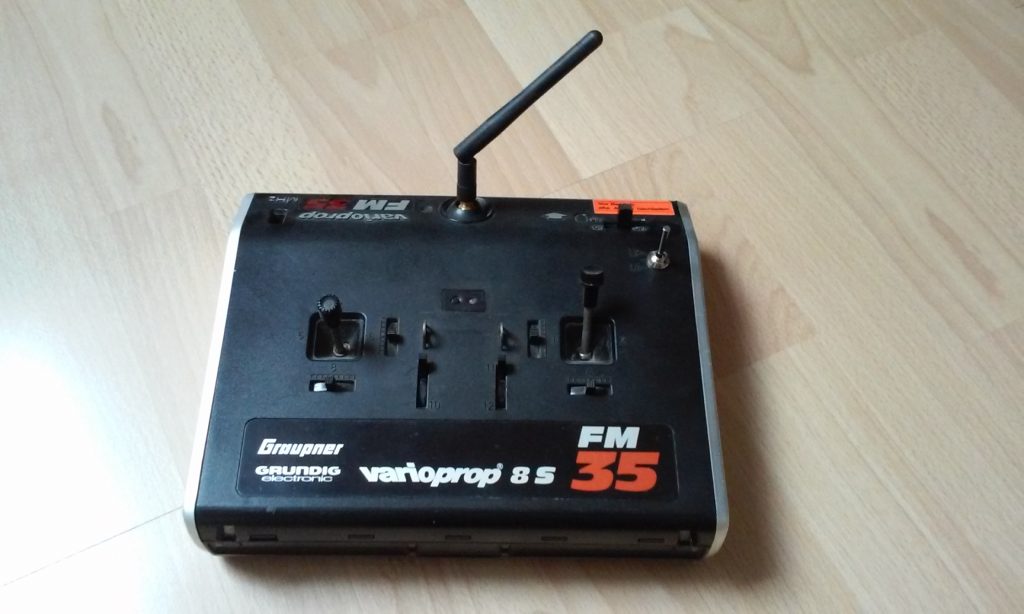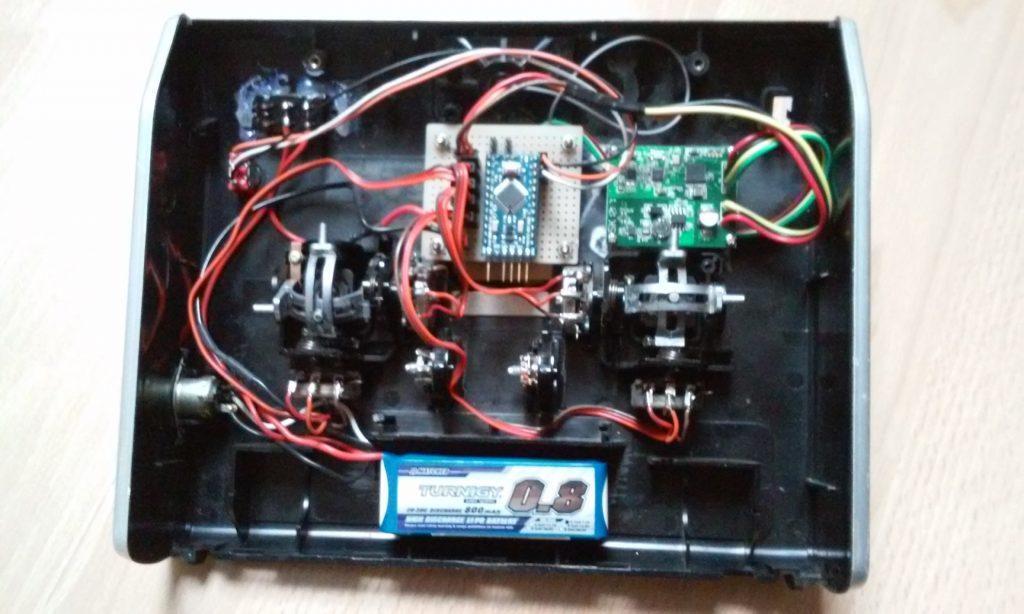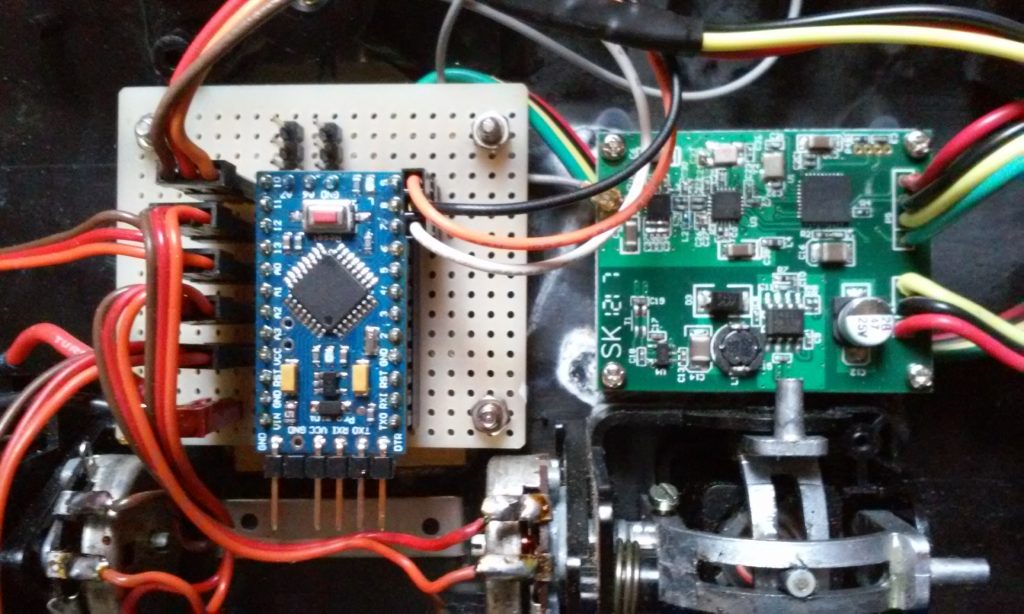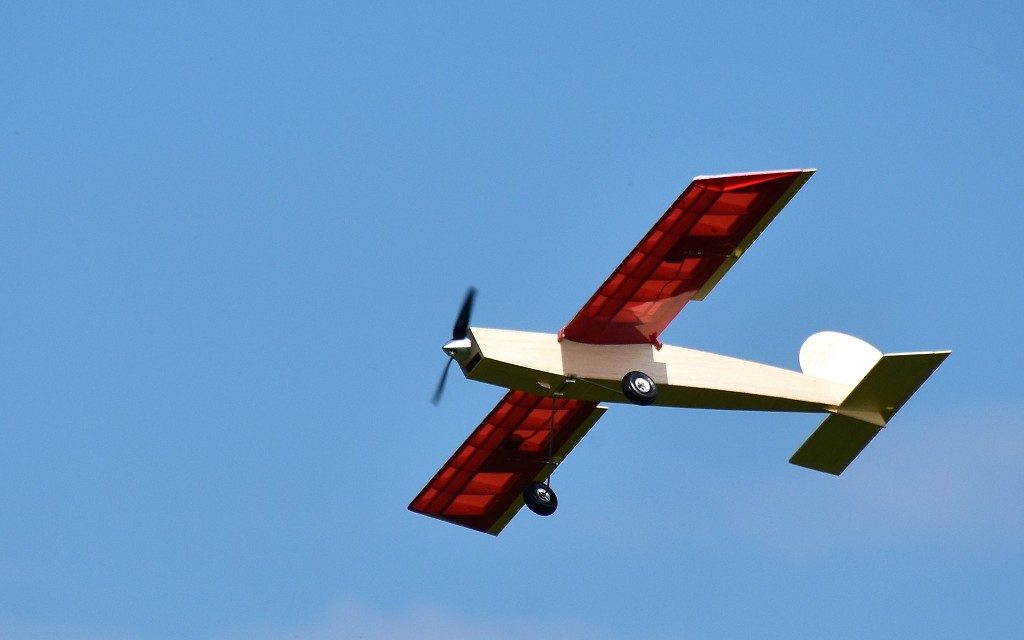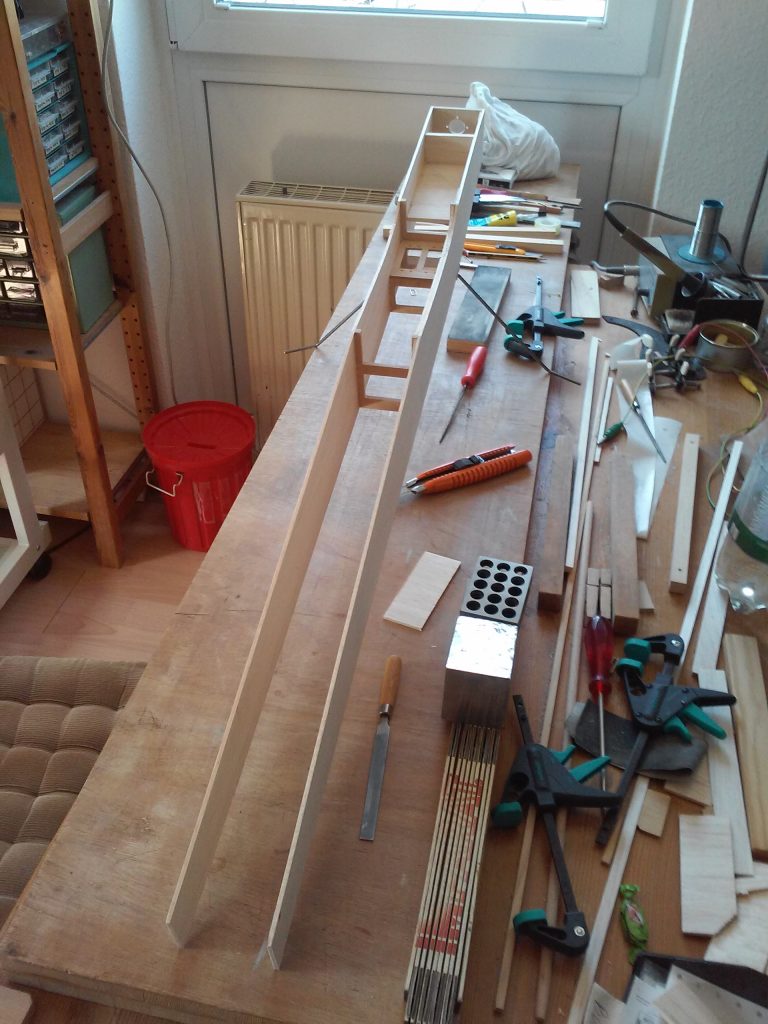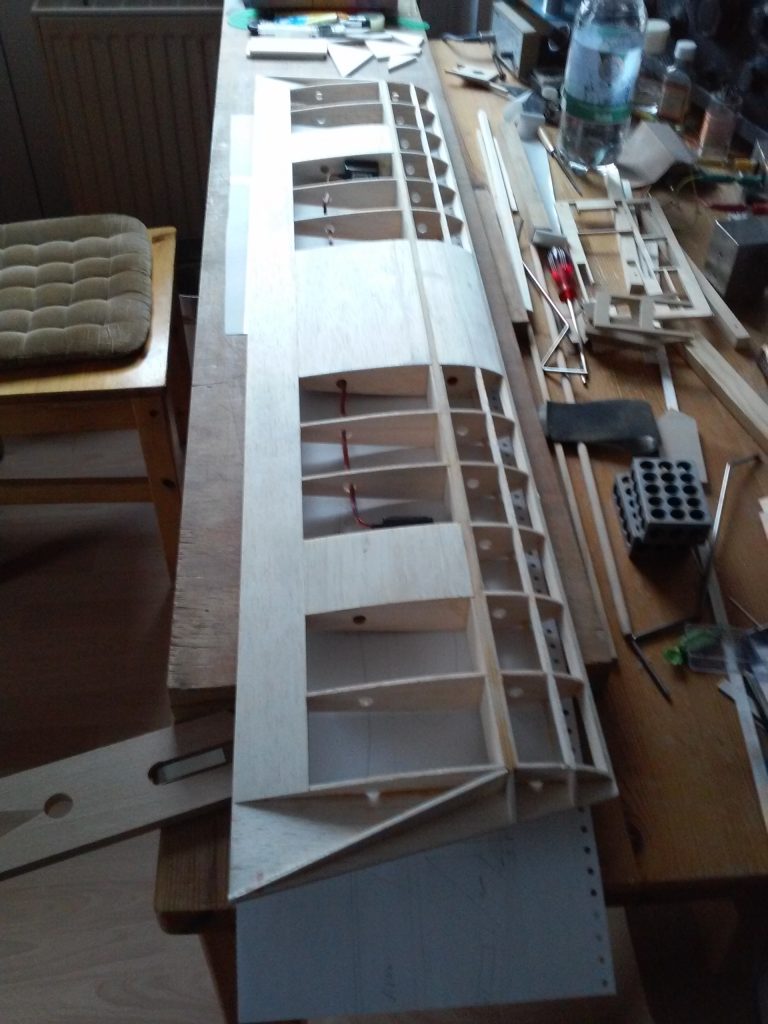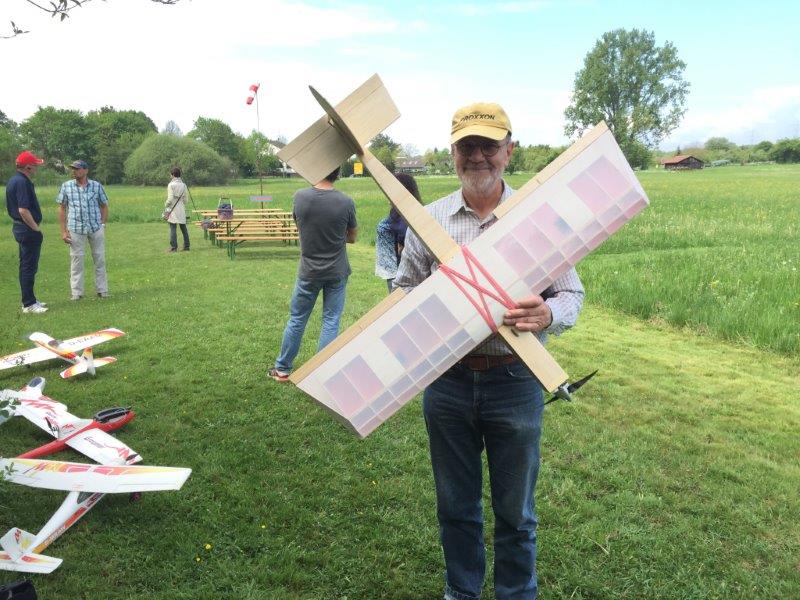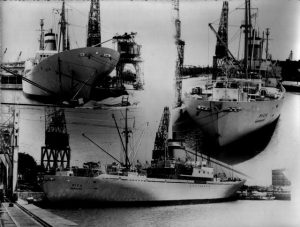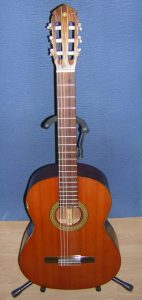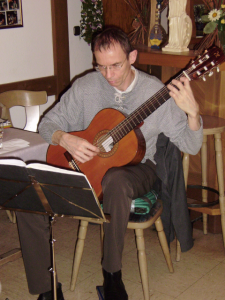WSPR with Raspberry Pi
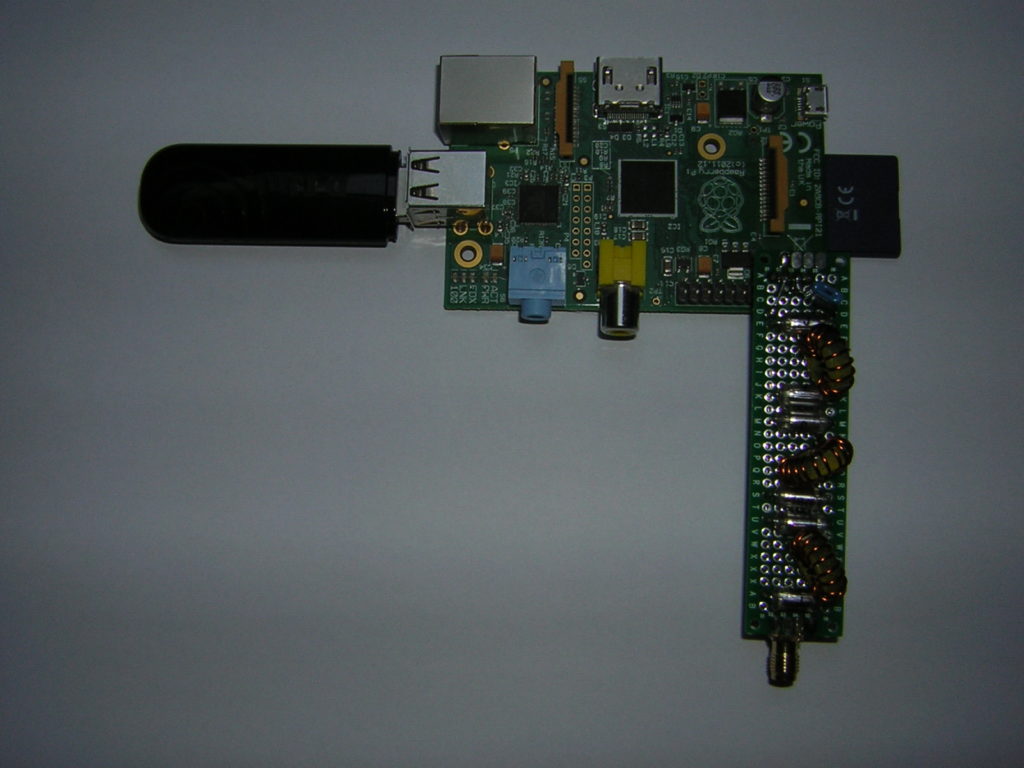
After my successful experiments with WSPR and FT8 on my FT-900, I wanted to try a low power stand alone beacon for WSPR. I happened to find an old Raspberry Pi in one of my bottomless drawers.
A search on the WEB revealed that there was a way to convert this board into a transmitter. Very inspiring instruction was found on a German website. The program called WsprryPi was downloaded from GitHub. The instructions for installation and usage on this site were very detailed and helpful.
I wanted to run the beacon autonomously without connecting another controlling PC. DL7VDX suggested to write a script which was started automatically on boot-up. I tried this, but had no real success. The easiest way was to add a command line to the /etc/rc.local file. This worked perfectly well.
The Raspi was connected to my local WLAN via a USB-stick, to receive a time signal from an NTP-server.
Very important: A low-pass filter had to be inserted between the output of the Pi and the antenna! I found detailed instruction for this on the QRP-Labs website. Fortunately, I had some AMIDON T-50-6 cores laying around. Three coils were wound with 0.6 mm magnet wire (~AWG 23). All the components were soldered to an experimental circuit board:
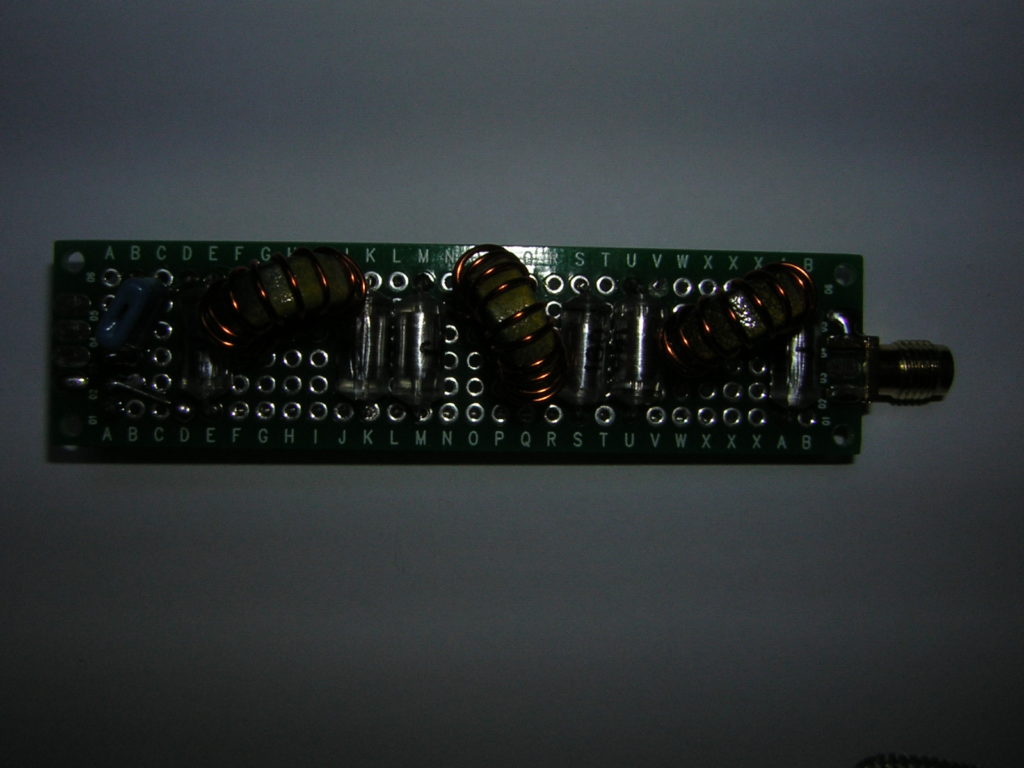
One problem was, to measure the filter’s frequency response. The only test equipment I had for this was my FA-VA5 antenna analyzer. I inserted the filter between this instrument and a 50-Ohm dummy load:
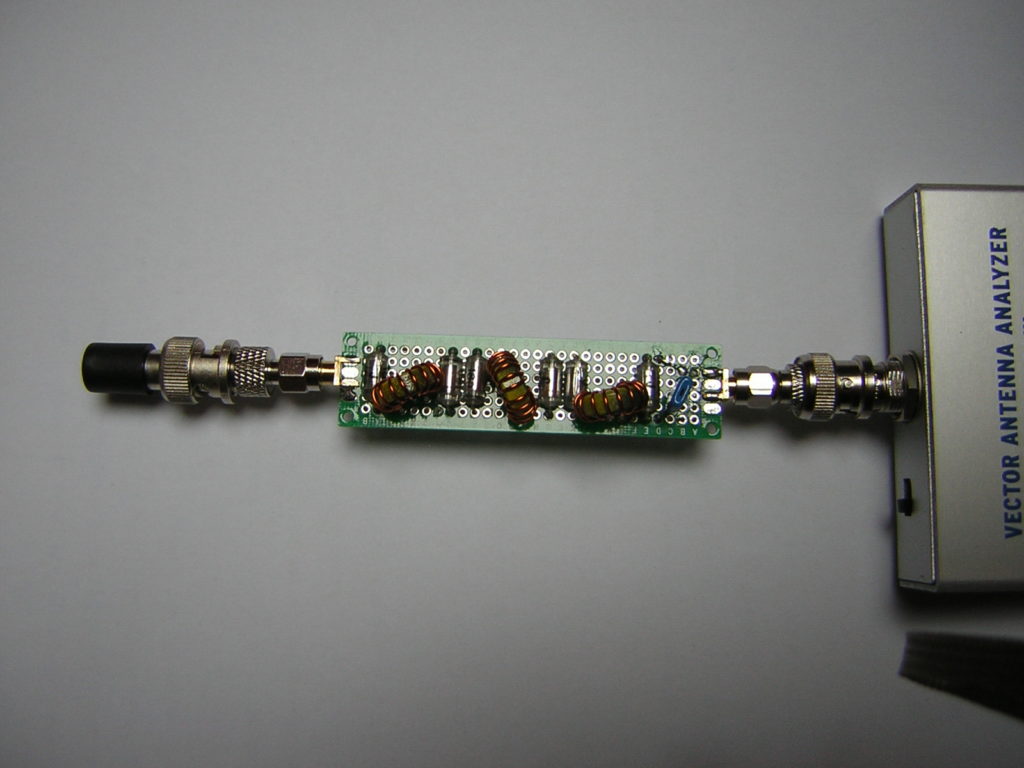
Then I scanned the Z-response . . .
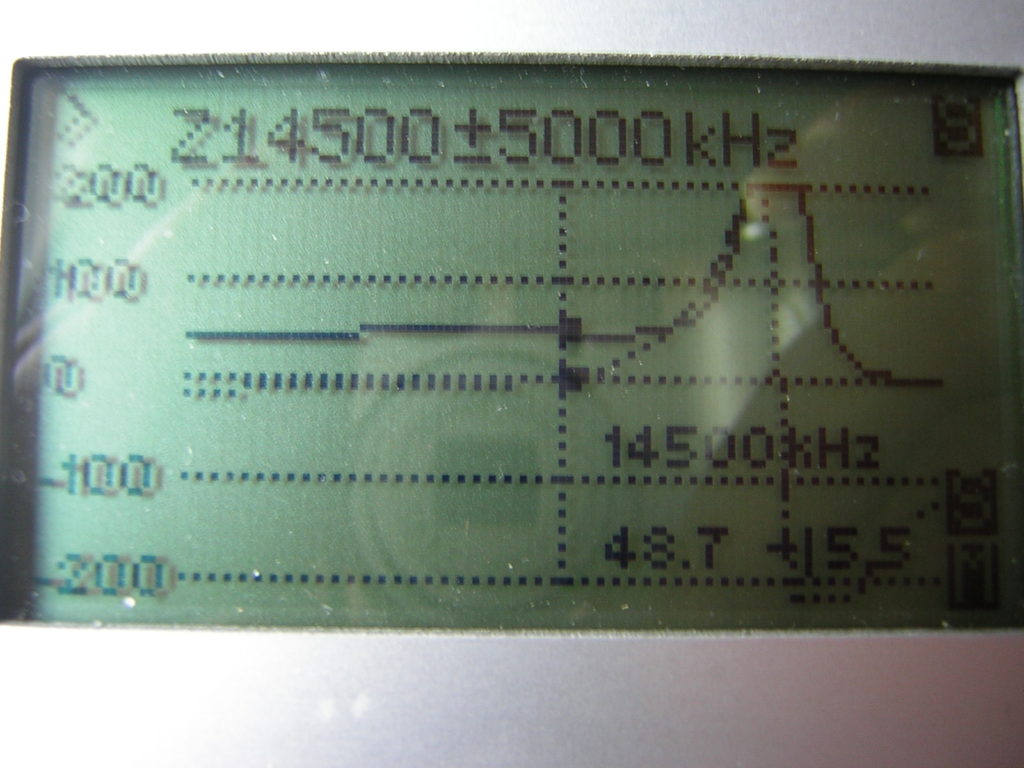
. . . and SWR over frequency:
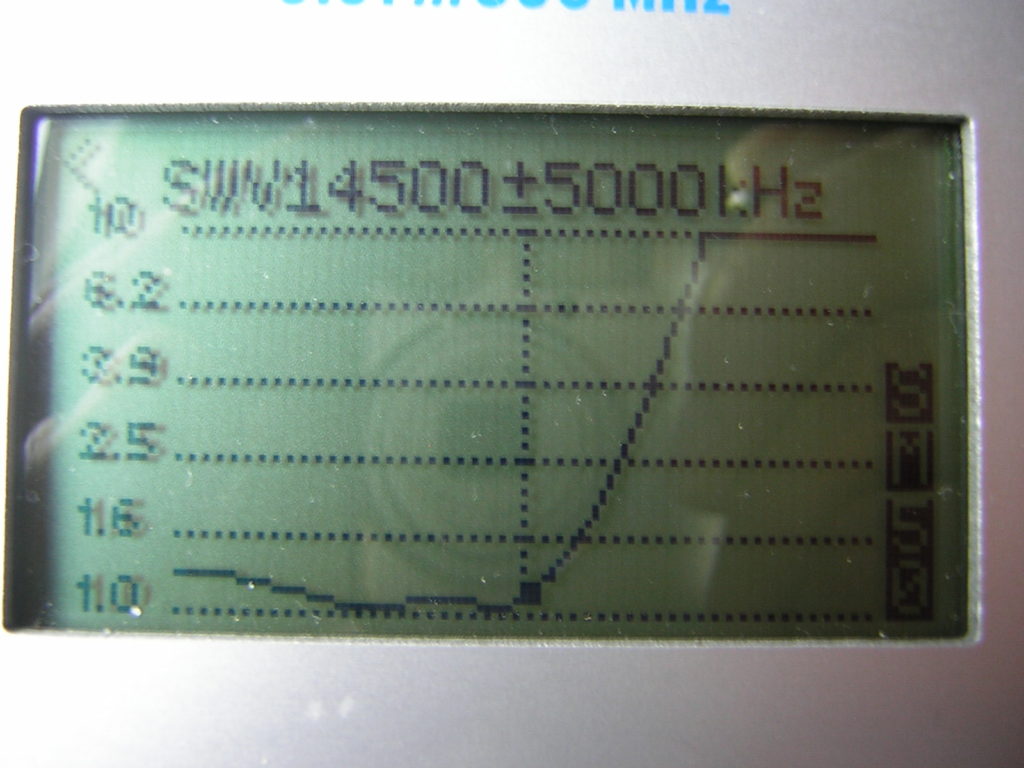
So, in my opinion, the quality of the filter was adequate.
My power meter showed 15.8 dBm, which corresponds to about 38 mW.
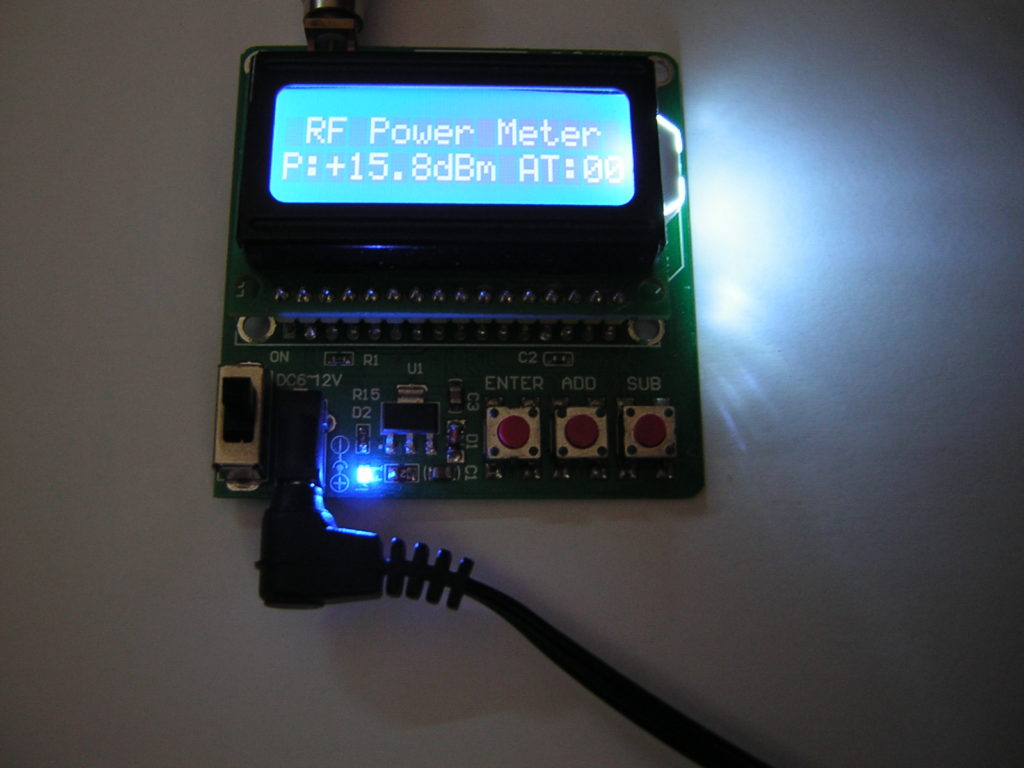
So far, the results were very encouraging. Spots were reported from all over Europe.
My New WSPR and FT8 Setup
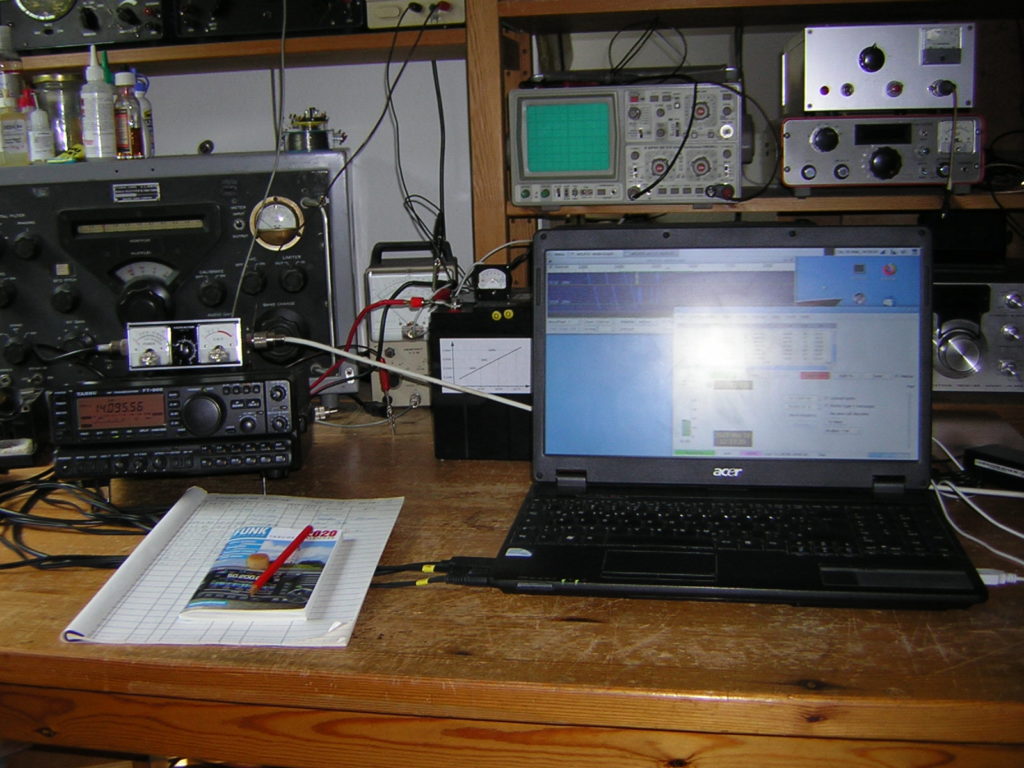
During the Corona lockdown I had some time to reactivate my Ham-Radio station. I strung a wire of 20 meters length from the window of my shack under the roof to a telescopic fishing rod of 6 meters length in my garden. Then I wound an UnUn transformer on a ferrite core, to match the wire to the 50 Ohms output of my transmitter. I followed the instructions of Steve, G0KYA but changed the impedance ratio to 1:16 (3:12 winding ratio) which resulted in perfect match on the 40m and 20m bands. My explanation for this: Some of the antenna wire was inside my shack. This increased the capacitive load at the end of the wire and reduced the impedance at this point. On 40m and 20m the SWR is under 1.5 and there is no need to use the antenna tuner of my FT-900.
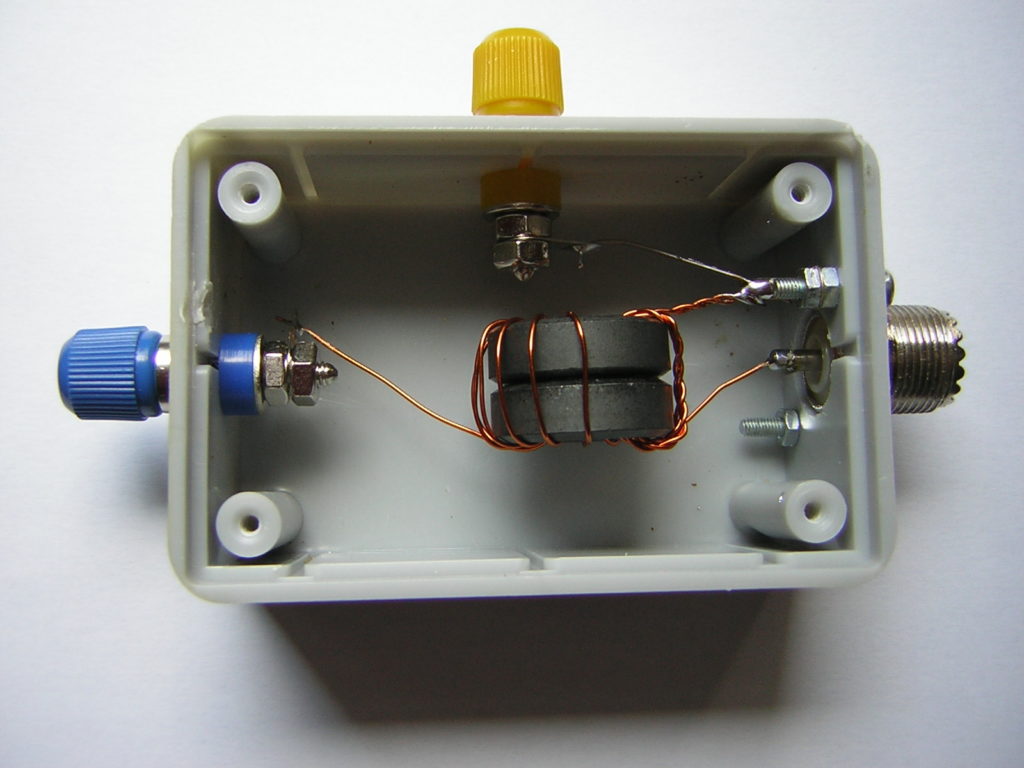
This FT-900 transceiver is 21 years old. Fortunately, it already had CAT-control. The output power was reduced to 1 Watt for WSPR and 5 Watts for FT8 operation. My power supply is a 28 Ah lead acid battery, because all the switch mode supplies that I tried were to noisy.
I purchased a USB to CAT cable from Steve, G8XGG which works perfectly well. For the audio connections from the TRX to the PC I made a transformer box, so that there were no ground loops. It also worked flawlessly.
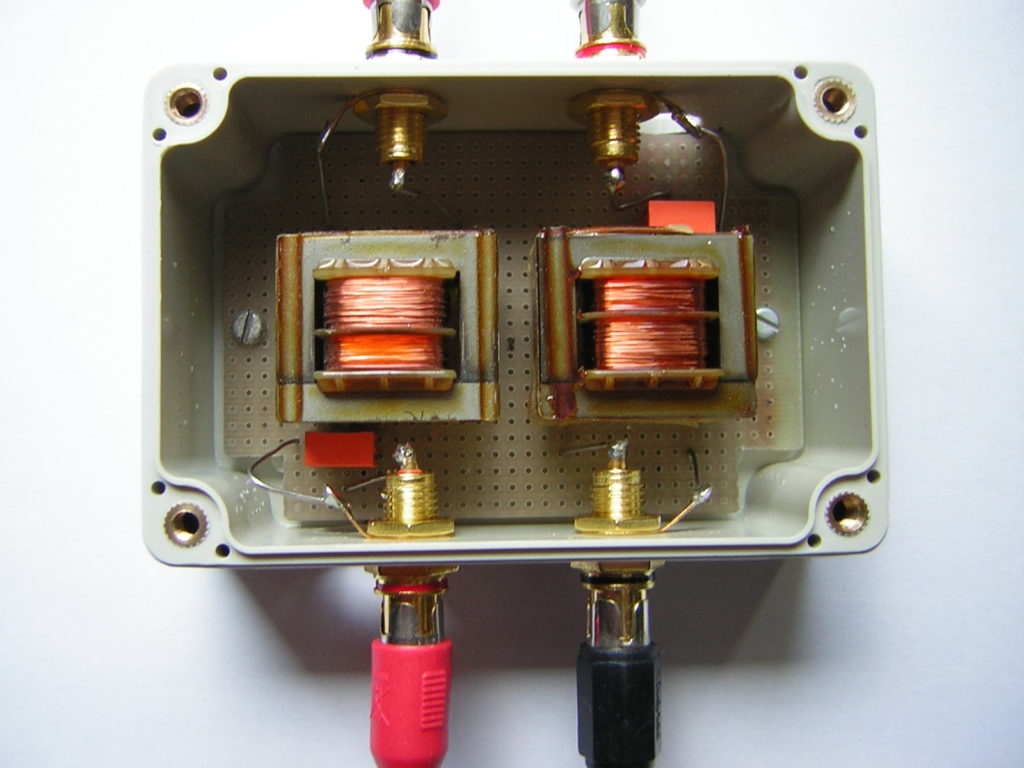
My software is WSJT-X running on an old 32 bit laptop under UBUNTU-Linux.
My 30 dBm WSPR signal was already received in the USA and in Brazil. I’m very happy with that :-).
I was very surprised to find that there was much more activity on the bands in FT8 than in the traditional CW and SSB modes.
I have now replaced the laptop with a Fujitsu Thin Client S720, which was offered as a used device very cheaply (€20). It works without a screen or keyboard under Debian Linux and is controlled remotely via a VNC connection. Unfortunately there was now strong 100 Hz hum pickup on all bands. After some experiments I found out that this was obviously caused by the transformers in the audio lines between the transceiver and the thin client. That’s why I left out these transformers and made direct connections with simple audio cables. This almost completely eliminated the hum.
I also no longer use the UnUn transformer to match the antenna. I replaced it by a 200 Ohm dummy load.
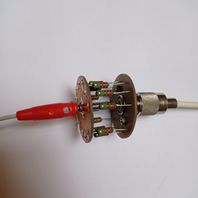
Without an antenna connected, the SWR on the transceiver is now a maximum of 4:1. But, with the end-fed wire connected, it is now less than 2:1 on all bands. The built in tuner of the FT-900 can match that easily. The losses should not be higher than 3 dB. The WSPR reports achieved with 2 watts (33 dBm) are very satisfactory on all bands.
